#jalsaghar
Text
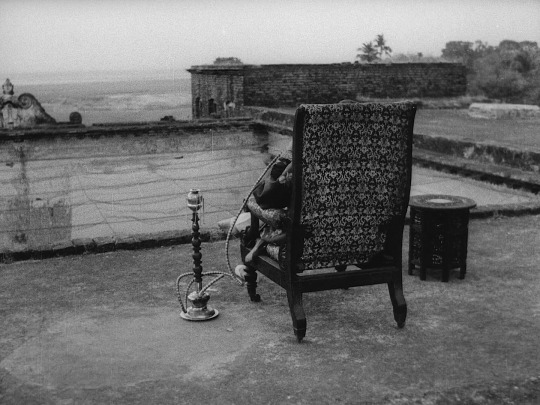

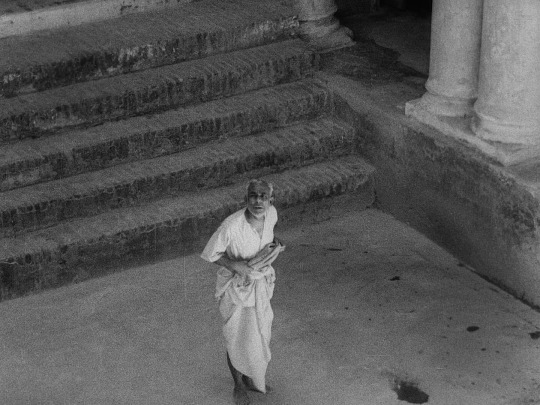


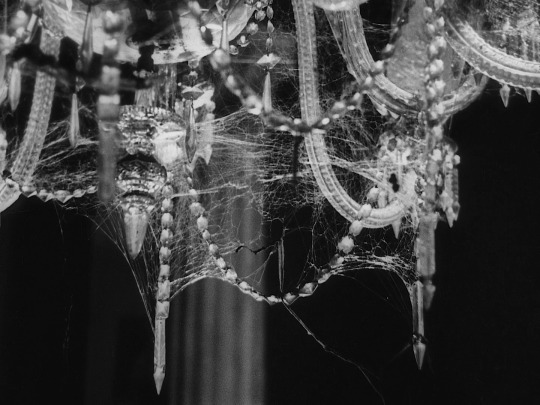
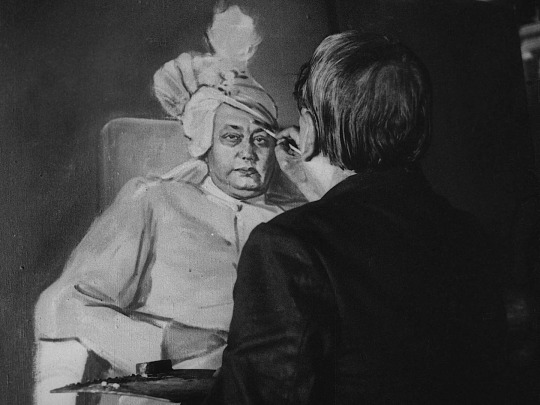



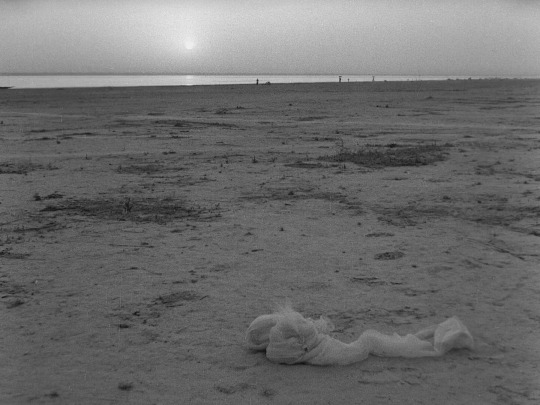
Satyajit Ray - The Music Room (1958)
82 notes
·
View notes
Text

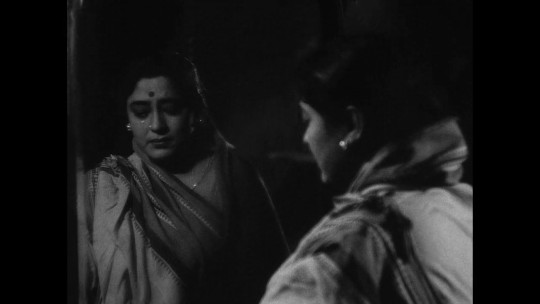
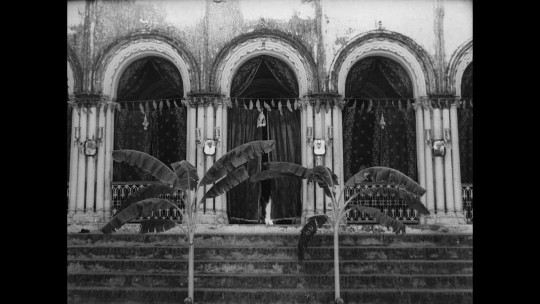

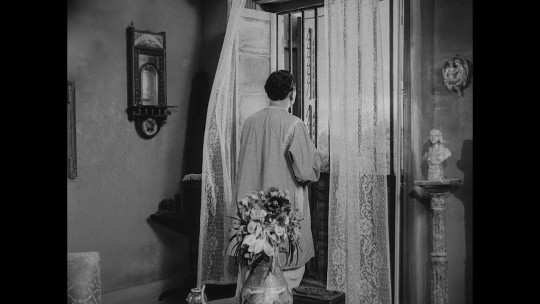
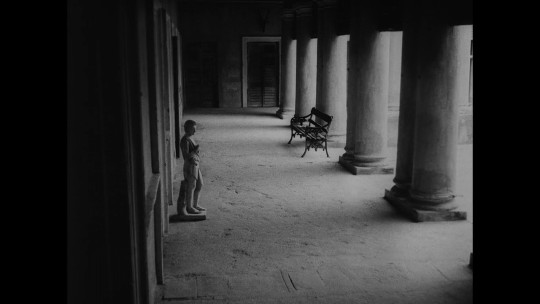

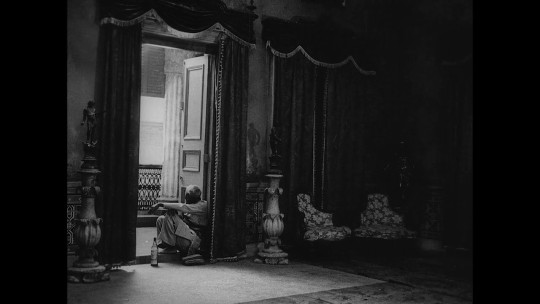
The Music Room, Satyajit Ray, 1958
19 notes
·
View notes
Text
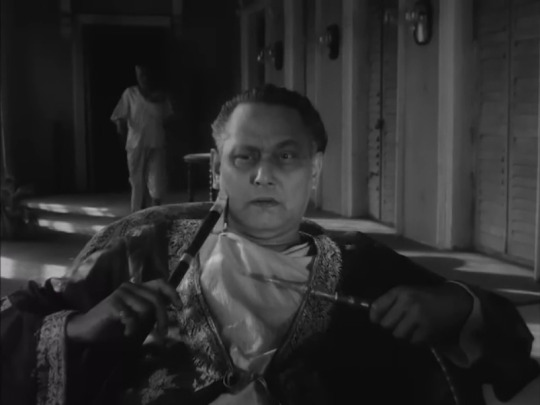
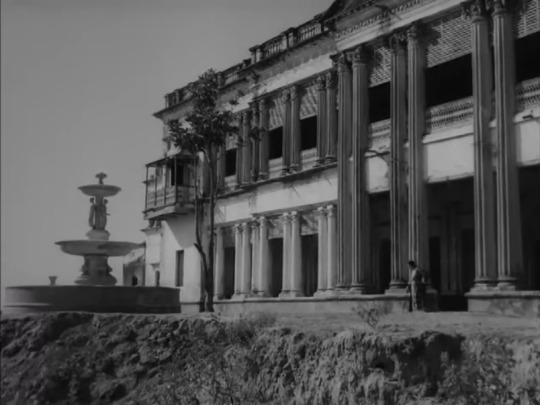

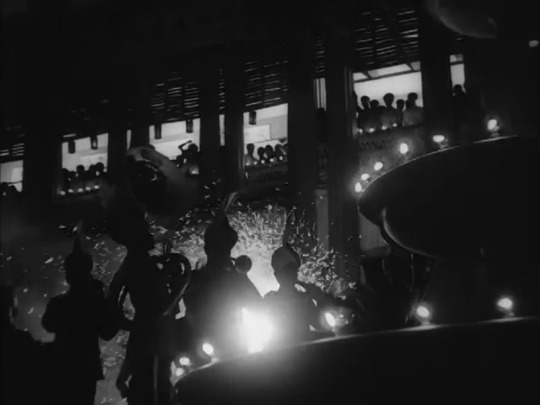
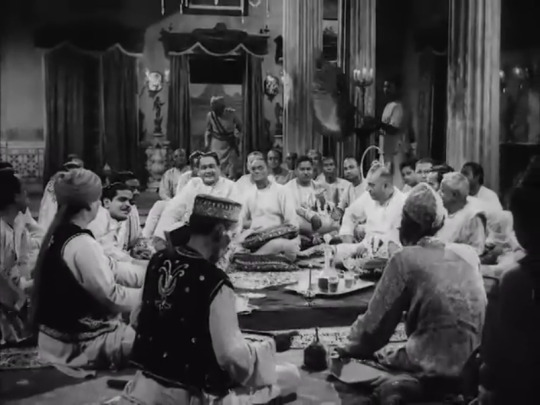
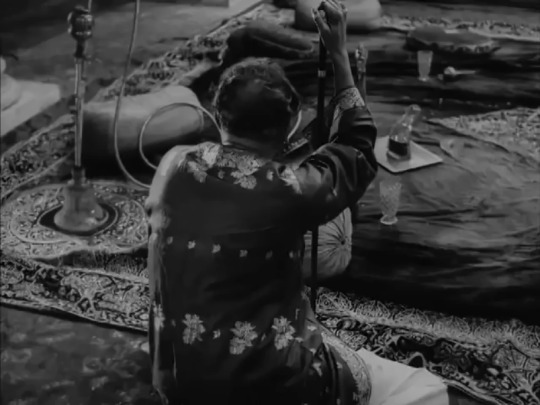
Jalsaghar / The Music Room (1958) | dir. Satyajit Ray
#jalsaghar#jalsaghar 1958#the music room#the music room 1958#satyajit ray#chhabi biswas#indian cinema#bengali cinema#cinema#movies#films#world cinema#classic cinema#cinematography#1950s#south asian cinema#asian cinema#aesthetics#aesthetic#indian movies#bengali movies#indian films#bengali films#parallel cinema
8 notes
·
View notes
Photo
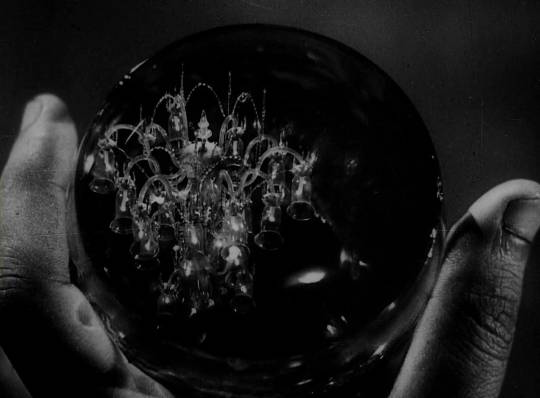
Jalsaghar / The Music Room (1958)
55 notes
·
View notes
Photo

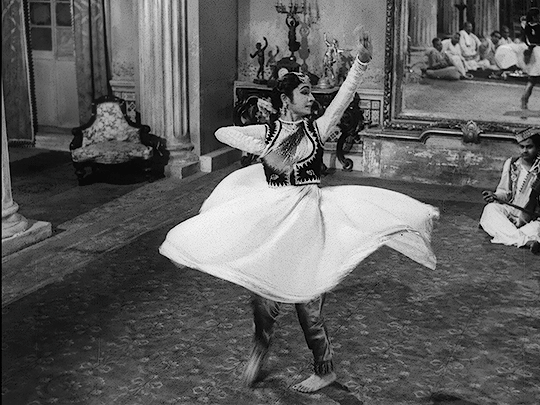
jalsaghar // the music room (1958) dir. satyajit ray
130 notes
·
View notes
Text
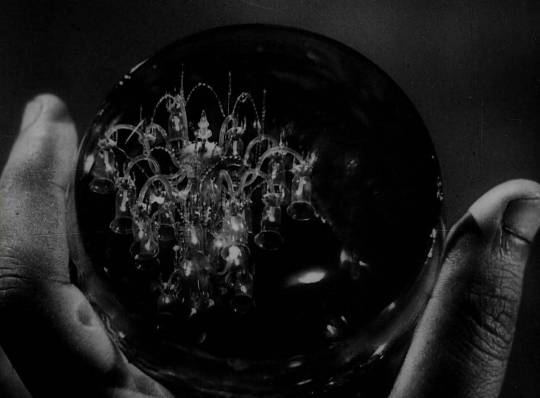
Jalsaghar / The Music Room (1958)
15 notes
·
View notes
Photo
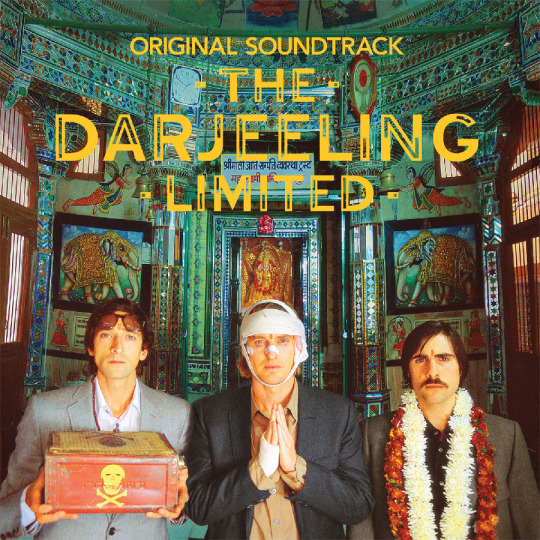
3:43 AM EST December 28, 2022:
Vilayat Khan -
""Title Music" From Satyajit Ray's Film Jalsaghar"
From the Soundtrack album The Darjeeling Limited
(September 25, 2007)
Last song scrobbled from iTunes at Last.fm
1 note
·
View note
Text
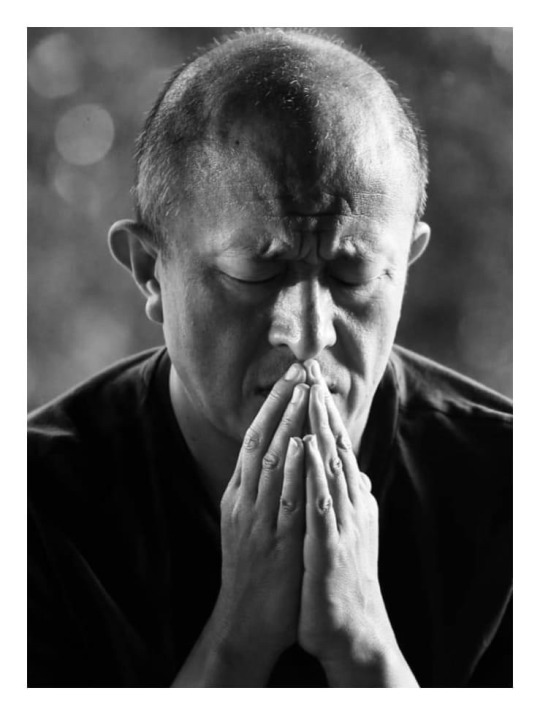
Dear fellow beings,
In yet another of our human narratives, we’ve labelled the old year as finished. And therefore, the old year must inevitably be followed by a “new year”. With those man-made categories, along comes something even more ludicrous called a “new year’s resolution”.
These new year’s resolutions require looking “back” and looking “forward”. When we do that, we see that things in the world haven’t been too easy in the recent past. And from the way it’s all going, it looks like the future won’t be easy either. Ecological destruction is one big reason. Another is that the old lords and masters are so threatened by newbies who want to be just like them and particularly by those who are managing to achieve that.
But we’re caught: How can we stop a billion Chinese wanting to clean their butts on the toilet seat the way a few million Japanese clean theirs? And how can we deny the aspiration of a billion Indians to water their lawns and dry their clothes with automatic dryers the way Americans do? The pain felt by those who were once lords as they watch the rise of subordinates is splendidly captured by none other than the great Satyajit Ray in his beautiful film Jalsaghar.
And if all the wannabes do get what they want, like a billion Indians and Chinese getting their own cars, taking holidays in campervans or on Mallorca and Aruba, and a whole lot more, which they surely deserve as much as those who presently have all that, then what? Surely that will not only accelerate ecological destruction but may well lead to global warfare as the former lords and masters use all their might to cling to their old privilege and control.
So, in the big picture, it’s hard to make an upbeat new year’s resolution for the world from anyone’s point of view. All I can do personally myself, is re-resolve to follow what Gautama taught.
I came to this resolution because the only way I can liberate myself from the delusion of expecting a perfect society is to follow this man Gautama. And because the only way I won’t be caught in the games of the dream is to wake up from the dream, not by adding even more systematic dreams in the name of politics, the economy, science, technology and the rest.
I also want to put effort into letting other human beings know what Gautama taught. I have come to realize that the only reason why people like Gautama, Lao Tzu and Mahavira are not widely known today is because of colonial and neocolonial might that has convinced itself that its own modernity is “the end of history” and convinced the rest of the world that westernization and modernization are one and the same.
That is why Obama quotes Kant and not Mahavira, why Deng Xiaoping quotes Karl Marx and not Gautama, and why people in the larger world only know about Kama Sutra not Arthashastra. I have read philosophers like Aristotle, Kant, Hegel and Marx, though of course not thoroughly. But I have also not read the Buddha’s teachings thoroughly. Still, I’ve so far not found any insight into so-called reality that these western writers have said that the Buddha has not said, and I’ve found so much that the Buddha said that those writers have not even begun to say.
It's one thing for traditions to die out if they are archaic, useless, or harmful like female infanticide, genital mutilation or forced enslavement. But the degeneration of genuine wisdom traditions into nothing more than objects of anthropological interest is a grave and even dangerous loss to humanity.
So I ask those who share my concern and aspiration to join me in this or a similar resolution. May this year bring you wakefulness and cheerfulness. And in doing so, may that bring us confidence and free us from panic and anxiety.
— Dzongsar Jamyang Khyentse
12 notes
·
View notes
Text
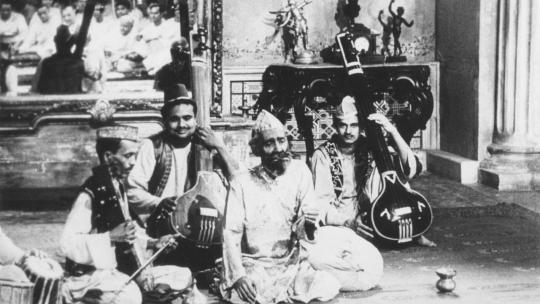
The Music Room (Jalsaghar) (1958) -- 5
I'm very skeptical of high-rated Indian films because their local fanbases tend to heavily overrate them. And in general, Bollywood's utilization of corny tropes and cliches pushes me away from Indian media. But Satyajit Ray's entire filmography is the exception. The Music Room is perfect because it goes against my previous conceptions of an Indian film. Unfortunately, South Asian culture can't abandon the "what will they say?" mindset. It's a taxing life scope, and it's still prevalent in India through the caste system. Yet, The Music Room turns this entire system on its head. It critiques the fundamental notions of Indian social hierarchies in the best way possible.
Our main character, Roy, is the last line from a wealthy family of landlords, but landlords are no longer in demand. His money is running short, and to cope, he throws concerts where he invites his acquaintances to smoke, drink, and fall under waves of music in his music room. The space is decorated with chandeliers and expensive art, or, in other words, the remainder of Roy's wealth. Through these concerts, though, an obsession for power and one-upmanship brews. Roy wants to prove he's better than the new neighbor, Ganguli, who doesn't come from a wealthy family, but he's earned his wealth through perseverance. Ganguli still doesn't understand the bourgeoisie nonsense Roy prides himself over, but he doesn't need to cause he's getting more prosperous. Roy, who's already corrupt, becomes resentful of him and attempts to put him down at whatever costs. It's a great depiction of elitism in a country where elitism has been considered moral.
Satyajit Ray meticulously crafted this masterpiece with no filters. He realizes the problem in his country and strives to expose and reveal it. In so many Indian films, Indians are depicted as a vision of what they strive to be rather than who they really are. The Music Room shows Indians off-screen, in their flesh, with no contaminants.
Also, the soundtrack was amazing. Excellent sounding music.
0 notes
Text
Satyajit Ray: A Pioneer in Indian Cinema
One of the most influential filmmakers of the 20th century was Satyajit Ray,
an Indian director, screenwriter, and author. His works have made a lasting
impression on the history of global cinema, and he has made enormous
contributions to Indian cinema.
Early Life and Career
On May 2, 1921, Satyajit Ray was born in Kolkata, British India.
His mother, Suprabha Ray, was a vocalist, and his father,
Sukumar Ray, was a writer and poet. Early exposure to l
iterature, music, and the arts helped Ray cultivate a keen
aesthetic sensibility. He continued his education by enrolling
at Presidency College in Calcutta and Visva-Bharati University
in Santiniketan, where he first encountered the writings of
Rabindranath Tagore and other notable figures in Bengali literature.
Ray began working as a visualizer for a British advertising agency
in Calcutta after he finished his education. He spent more than ten
years working there, learning vital filmmaking skills that would later
be useful to him in his work as a director.
Also, he mastered the craft of filmmaking on his own by reading
books and watching movies.
Filmmaking Career
The first film made by Satyajit Ray, Pather Panchali
(Song of the Little Road), based on a book by
Bibhutibhushan Bandopadhyay, launched his
career as a director in 1955. The movie, which
was made on a tight budget with a mostly
unprofessional cast, is about a little child
growing up in rural Bengal. The movie was
a critical and financial hit and earned
numerous international honors, including
the 1956 Cannes Film Festival's Best Human
Documentary Award.
In what became known as the "Apu Trilogy,"
Ray went on to produce two further movies:
Aparajito (The Unvanquished) in 1956 and
Apur Sansar (The World of Apu) in 1959.
The trilogy focuses on the life of Apu, a young
man who matures in India after Independence.
Jalsaghar (The Music Room), released in 1958,
Charulata (The Lonely Wife), Nayak (The Hero),
released in 1966, and Ghare-Baire (The House
and the World), released in 1984, are some of
Ray's other well-known movies. His films gained
notoriety for their realism, lyricism, and meticulousness
. He was also a master of visual narrative, making excellent
use of lighting and camera angles.
In addition to being a filmmaker, Ray was also a writer,
composer, and graphic artist. He published a number of
works, including a Feluda-starring detective novella
collection. Together with designing the posters, he also
created the music for his movie.
Legacy
The impact Satyajit Ray had on Indian cinema is enormous.
His films continue to be praised for their realism, compassion,
and beauty. He is widely considered as the founder of Indian
art cinema. Many modern Indian directors, including Mira Nair,
Deepa Mehta, and Shekhar Kapur, have been influenced by him.
The Golden Lion at the Venice Film Festival, the Golden Bear
at the Berlin International Film Festival, and the Academy Honorary
Award for Lifetime Achievement are just a few of the countless
international accolades Ray's movies have received. He received
the Bharat Ratna, India's highest civilian honor, posthumously in 1992.
A heart attack and other health issues led to Satyajit Ray's
death on April 23, 1992, at the age of 70.Several of his
admirers and coworkers expressed their sorrow at his
passing, which was a major loss to Indian cinema. Ray
made a significant contribution to Indian cinema, and his
works are still praised for their beauty, compassion, and
realism. By his creative output and the impact he has on
present-day Indian filmmakers, his legacy endures.
1 note
·
View note
Text
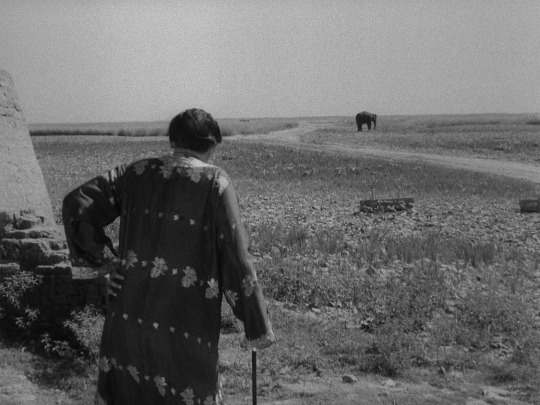

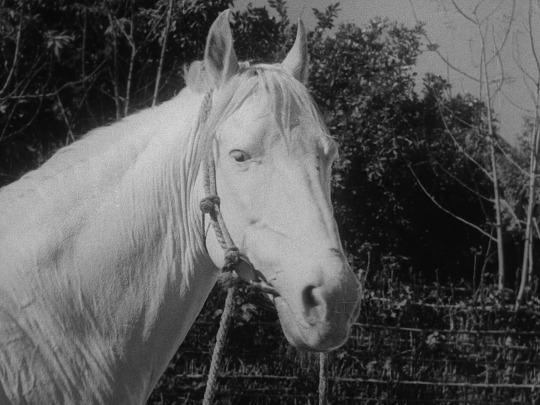




Satyajit Ray - The Music Room (1958)
35 notes
·
View notes
Text
Click to read Many events were held in Jalsaghar on the last day of the World Book Fair, these books were the most sold
On the last day of the World Book Fair, book lovers have made great purchases at Rajkamal Prakashan’s ‘Jalsaghar’. A crowd of readers gathered themselves in ‘Jalsaghar’ this morning and this trend continued throughout the day. Ashok Maheshwari, director of Rajkamal Prakashan said that the reader response to the World Book Fair has been very good. Thousands of people reached the Jalsaghar of…
View On WordPress
0 notes
Photo
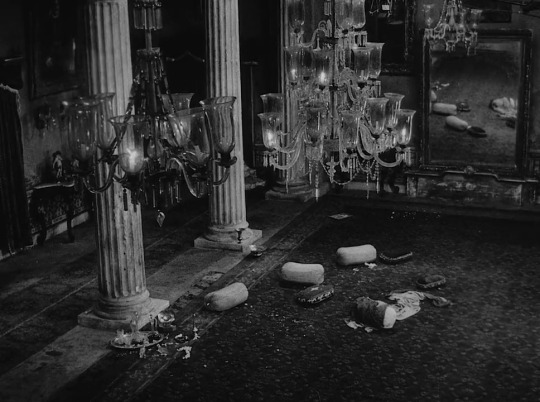
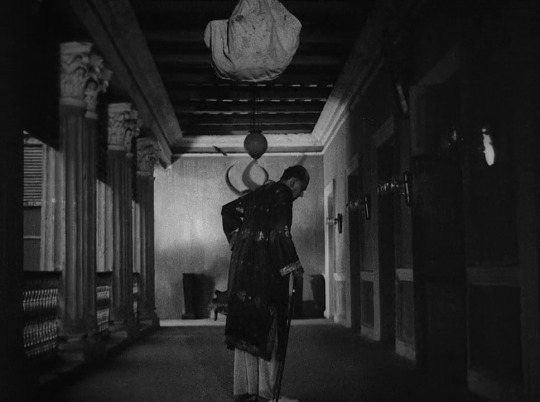
Jalsaghar (1958) // dir. Satyajit Ray
#jalsaghar#jalsaghar 1958#the music room#the music room 1958#indian cinema#bengali cinema#satyajit ray#cinema#films#movies#film scenes#movie scenes#chhabi biswas
18 notes
·
View notes
Photo
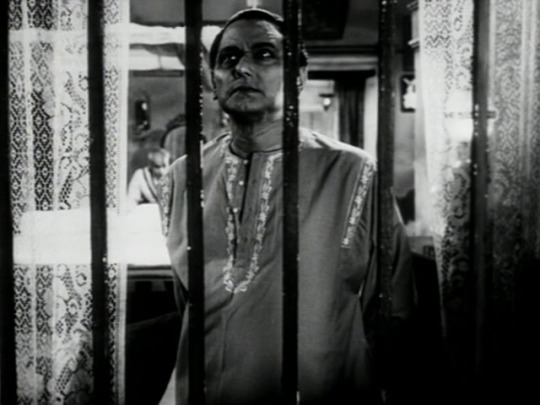

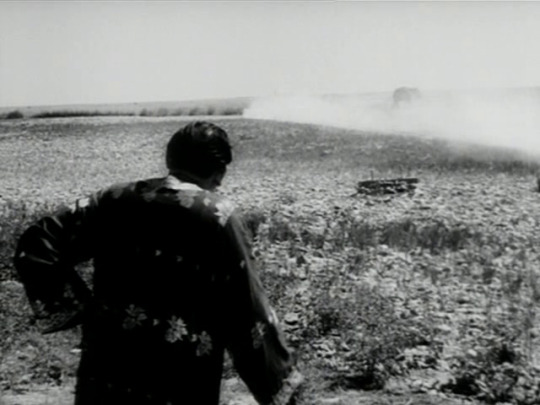
Jalsaghar / The Music Room (1958)
46 notes
·
View notes
Photo
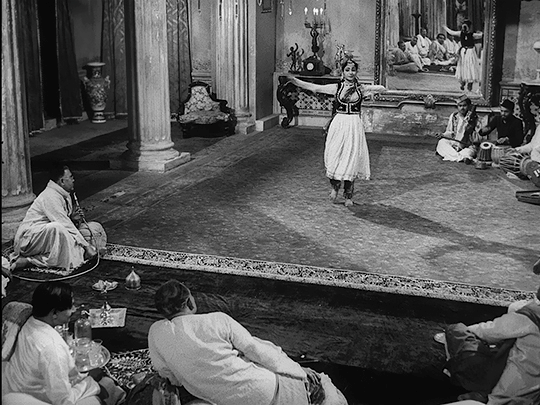

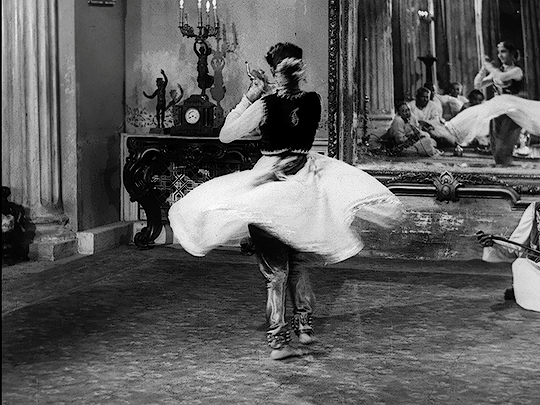

jalsaghar // the music room (1958) dir. satyajit ray
46 notes
·
View notes
Text
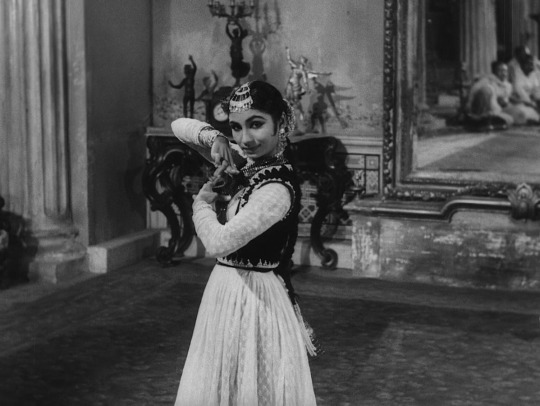
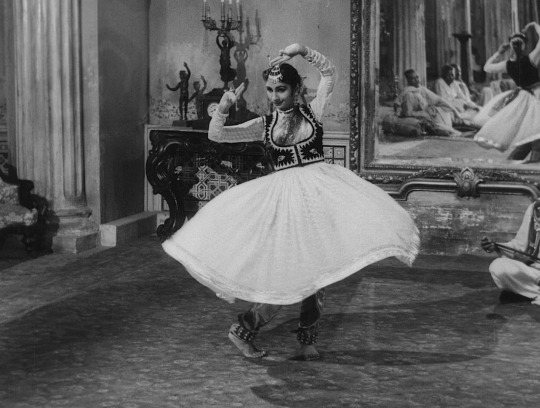
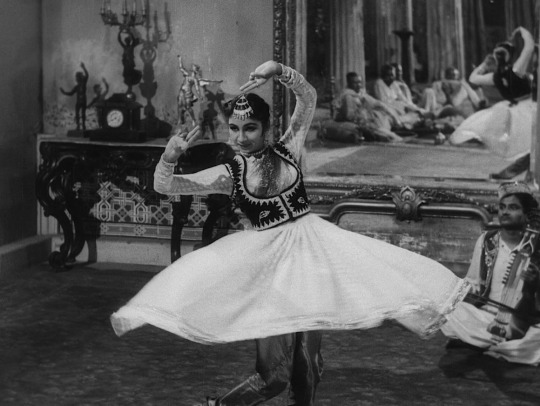
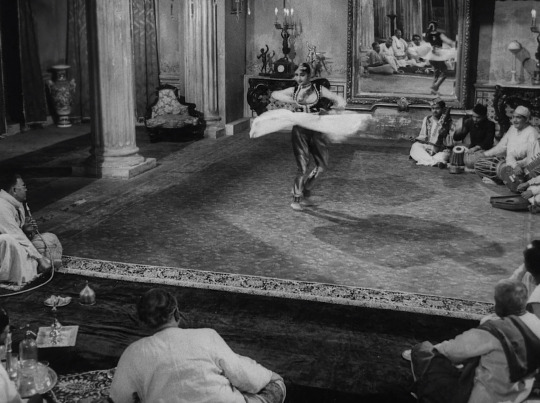
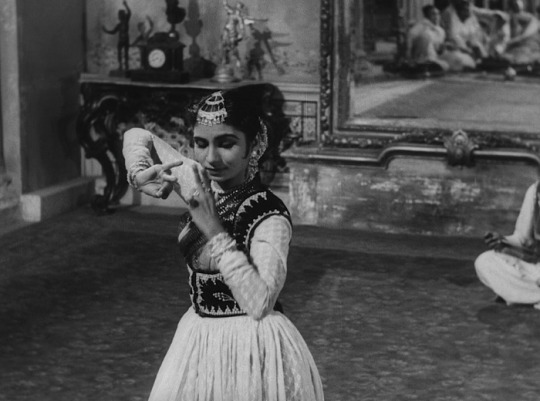
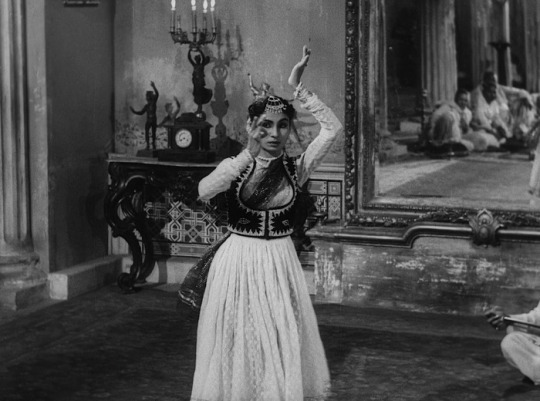
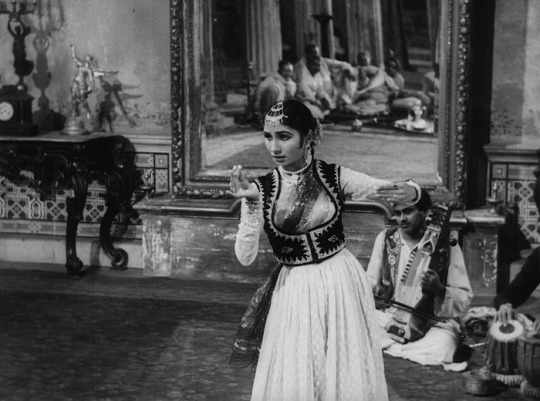
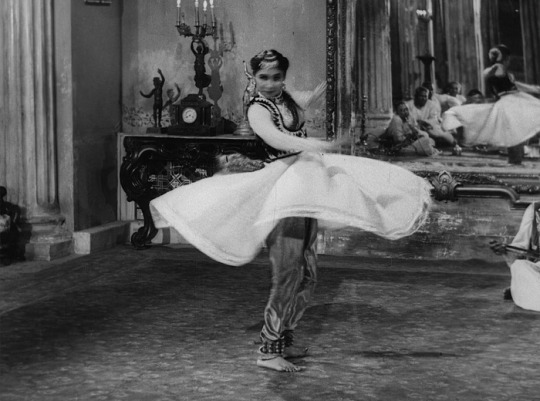
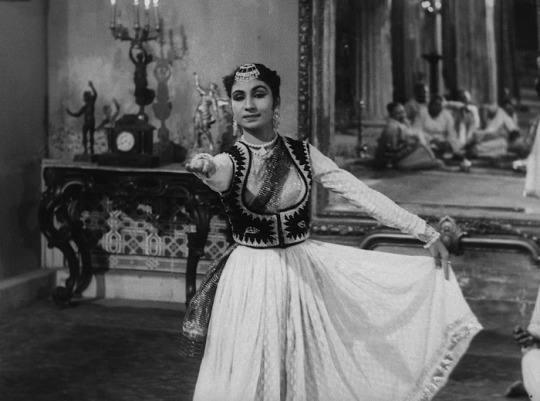
Jalsaghar / The Music Room 1958
Ne laisse pas les mauvaises pensées paralyser ton esprit. Apprends-leur la danse.
9 notes
·
View notes